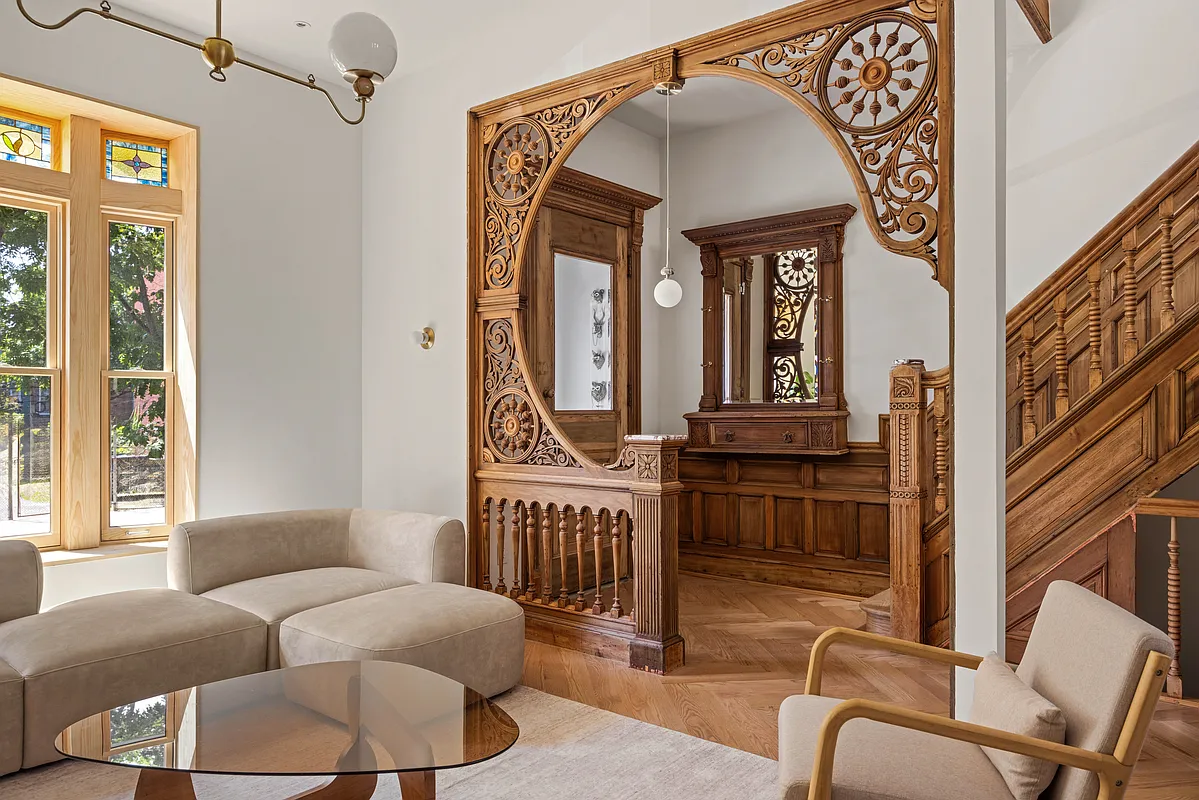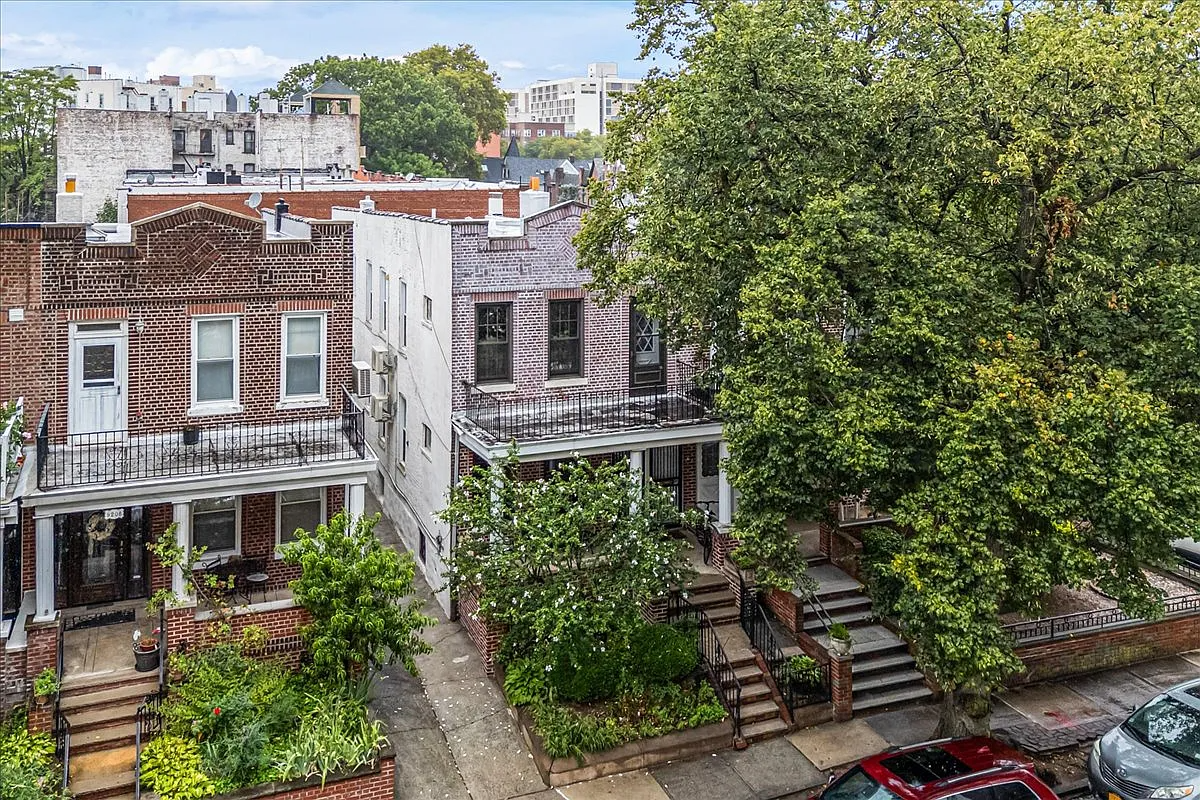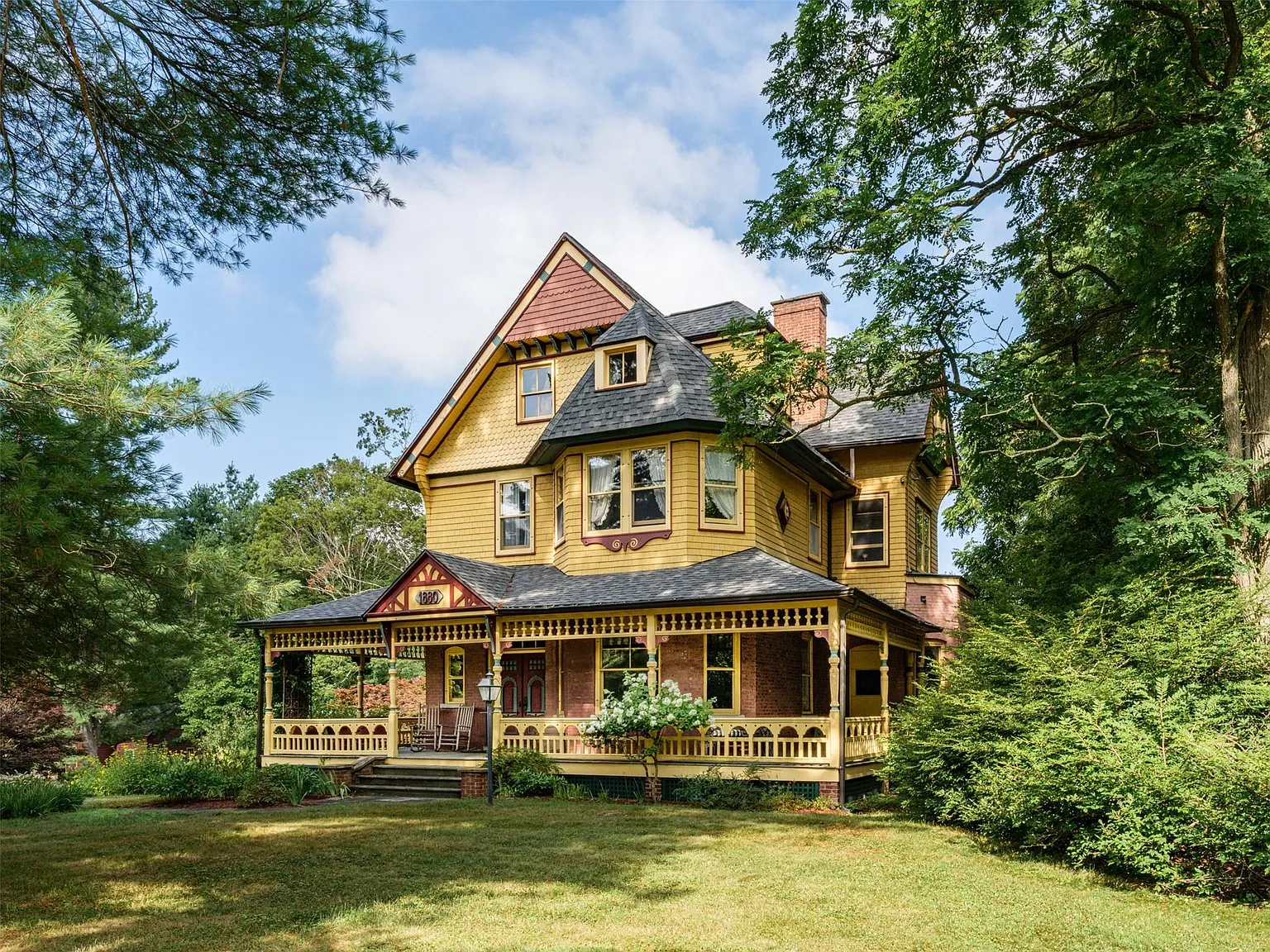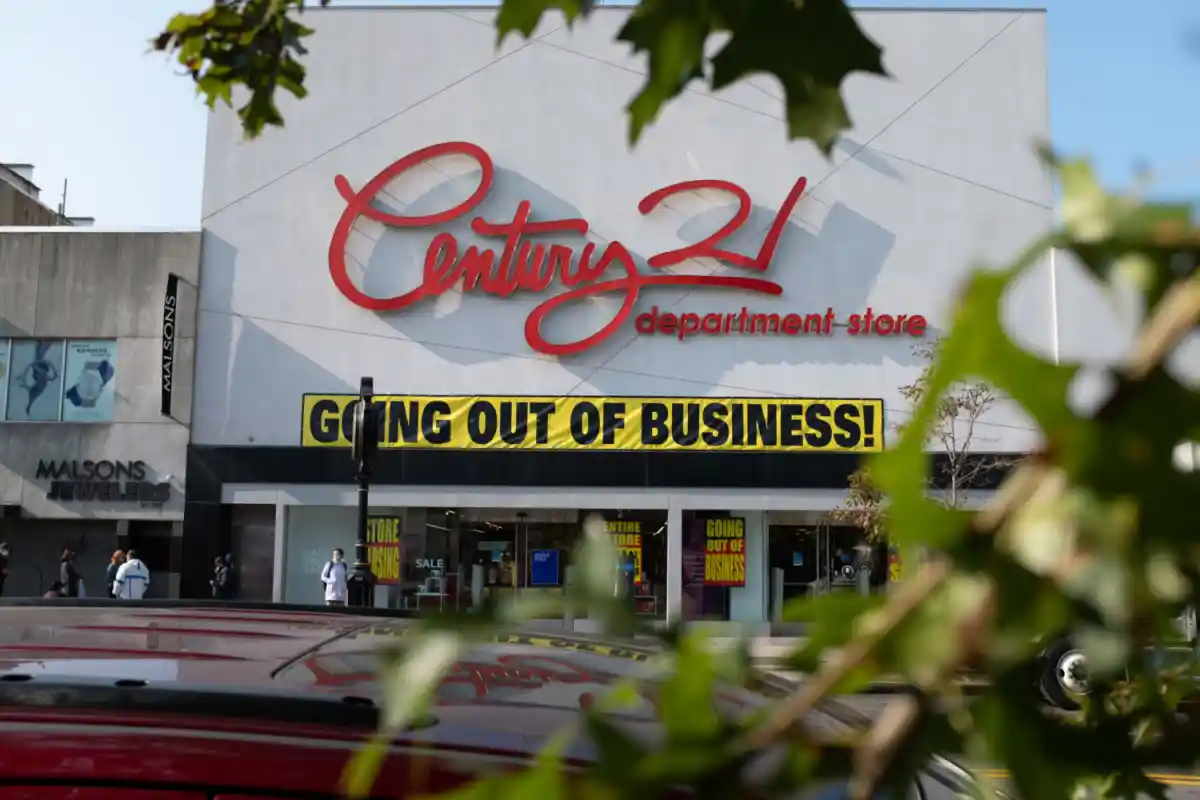Rent Stabilization: Golden Noose or Goose?
The cover story in this weekend’s real estate section of The Times takes a look at one of the most fascinating and contentious aspects of New York City real estate: Rent stabilization. On the one hand, the article profiles some people who say they wouldn’t have been able to afford to live in New York…


The cover story in this weekend’s real estate section of The Times takes a look at one of the most fascinating and contentious aspects of New York City real estate: Rent stabilization. On the one hand, the article profiles some people who say they wouldn’t have been able to afford to live in New York without rent stabilization and, on the other, it documents the frustrations landlords often encounter when trying to take buildings out of the stabilization program. We found this tidbit to be the most intriguing of the article: “[Steven R. Wagner], the lawyer, says big development companies usually figure the cost of buying out rent-stabilized tenants into the overall budget. But they are really just guessing. There is no telling how high a hurdle they will face—both legally and financially. He cited several cases in which the gap between the first offer made by developers and that accepted by tenants had been hundreds of thousands of dollars.” Any readers been on the tenant or landlord side of the aisle in a scenario where deregulation was being attempted?
The Lucky Break of Rent Stabilization [NY Times]
Photo by Listen Missy!





ML – no one would ever end rent regulations for the people already under it within a certain apartment i.e. total decontrol – so there would never be any riots or even that loud a protest because, peoples current leasehold would remain protected and almost everyone (except those with great connections) knows that RS does nothing to help them find a “cheaper” apartment when they move.
Willbklyn has it exactly right. If an owner buys a building with rent stabilized tenants, they pay less than if all of the apartments are market rate. It is hypocritical to take the deal )knowing full well why you’re paying below market rate for the building) and then turn around and try to change the status quo. As the saying goes, dem’s the rules. As an owner, you benefited through a lower purchase price. Now accept what you bought.
Heather – I hope you were kidding when you said re. RS:
“And until fairly recently, aside from the whining rich people who had moved here two years ago, no one questioned it too much.”
as to this
“If anything, it’s probably encouraged diversity and stability in some neighborhoods as anything else.”
I agree on the stability (in terms of the rents of EXISTING tenants) and I sort of disagree on diversity. The truth is that RS does little in terms of helping new-to-NYC or a new neighborhood tenants find “affordable housing” – in most cases all RS does is force UP the price of rentals for the MAJORITY of new apartment seekers (less inventory available = higher prices). And what happens is that people are forced to remain in their current apartments (because there is an artificially low number of vacancies out there) – so you end up with Ghetto’s (in a sense) of “affordable” as opposed to various ranges of pricing within a community.
If rent regulations were somehow eliminated, you would see riots in NYC; violent riots. That would not be good for property values.
Minard is right about the Bronx. And when landlords refused to keep up their properties, the level of anger and frustration gave vent in burning it down. i think minard, heather and FSRG really have the right of it. Not everyone in NYC makes 100,00+ – plenty of us get along on far less- so where should we go when the rents go up? There’s nowhere. the reality for millions of New Yorkers is that $1000 a month is a lot of money. In fact, its often impossible. Fix the system, make sure those who game the system lose their privileges, but keep it in place.
It’s depressing, hearing people whine about someone on a fixed income, who has been part of a community for years and years, because that person pays less rent than they do. Even more depressing is hearing about these same people getting evicted. There was a horrific article in the Voice several years ago about illegal evictions in Bushwick — and lo and behold, look at how much rental inventory has been magically renovated there.
I mean, I get it. I get that the numbers don’t work. I get that if it costs more to run a building than you receive in income, there’s a problem. Not rocket science, these issues. But I agree with Minard. It’s a weird system, it has flaws, but it is our system. If anything, it’s probably encouraged diversity and stability in some neighborhoods as anything else. And until fairly recently, aside from the whining rich people who had moved here two years ago, no one questioned it too much.
Of course, then real estate became profitable and new development so easy that buying entire buildings out and tearing them down became worthwhile. And so Manhattan has lost more of its tenement housing to glassy high-rises, Fourth Avenue in Brooklyn has become… whatever the hell it is now — “Park Slope?” And Williamsburg… well, actually most of that housing stock wasn’t rent stabilized. Most.
Is this an improvement?
Shout out for any poor people who rent apartments who are in favor of ending rent control…
anybody?
suburbandude, I disagree with your point about the South Bronx. What really hurt the South Bronx and started it on its road to the bottom was the construction of the Cross Bronx Expressway, which caused the eviction of thousands of families and divided many neighborhoods in half. As the old Italian, Jewish, and Irish families moved out to the burbs, they were replaced by Blacks and Hispanics who were seen at that time by banks as not credit worthy. The entire area was redlined encouraging disinvestment and abandonment. Anyway, rent regulations were the least of it. Even today, a rent regulated apartment in the Bronx is probably not so out of whack with the market. The real dramatic differences can be seen in neighborhoods like the Upper West Side or Brooklyn Heights where tenants pay $500 to 650 a month for two-bedroom apartments. Those areas are in no danger of becoming slums. Many rent-regulated apartments in those areas are now in Cooperatives and are “sponsor units” as the tenants die or have to go to nursing home, the owner reaps a windfall. It is a peculiar system but it is our peculiar system. It is best to make your peace with it.
One more thing. Comparing Boston to NYC a bad comparison on so many levels. First, the population of NYC is roughly 14 times that of Boston (8.3M vs 590k.) Second – the supply of rent stabilized apartments in each city relative to the total number of housing units at the time of de-control is not even close to the same.